Introduction
In 2025, tokenized carbon credits for investors have emerged as a transformative tool in the fight against climate change, offering a unique blend of environmental impact and financial opportunity.
Imagine a digital marketplace where each carbon credit—representing one metric ton of CO2 emissions avoided or removed—is tokenized on a blockchain, enabling seamless trading like stocks or cryptocurrencies.
Global carbon markets are valued at approximately $1.3 trillion in 2025, with projections to reach $1–2 trillion by 2030 [Precedence Research, 2025; Market Research Future, 2025].
However, navigating this space requires understanding its complexities, from regulatory hurdles to market volatility. For investors seeking to align portfolios with sustainability goals and regulators aiming to enforce compliance, tokenized carbon credits offer both promise and challenges.
This article dives deep into their mechanics, benefits, risks, and future trends, providing actionable insights for 2025 and beyond.
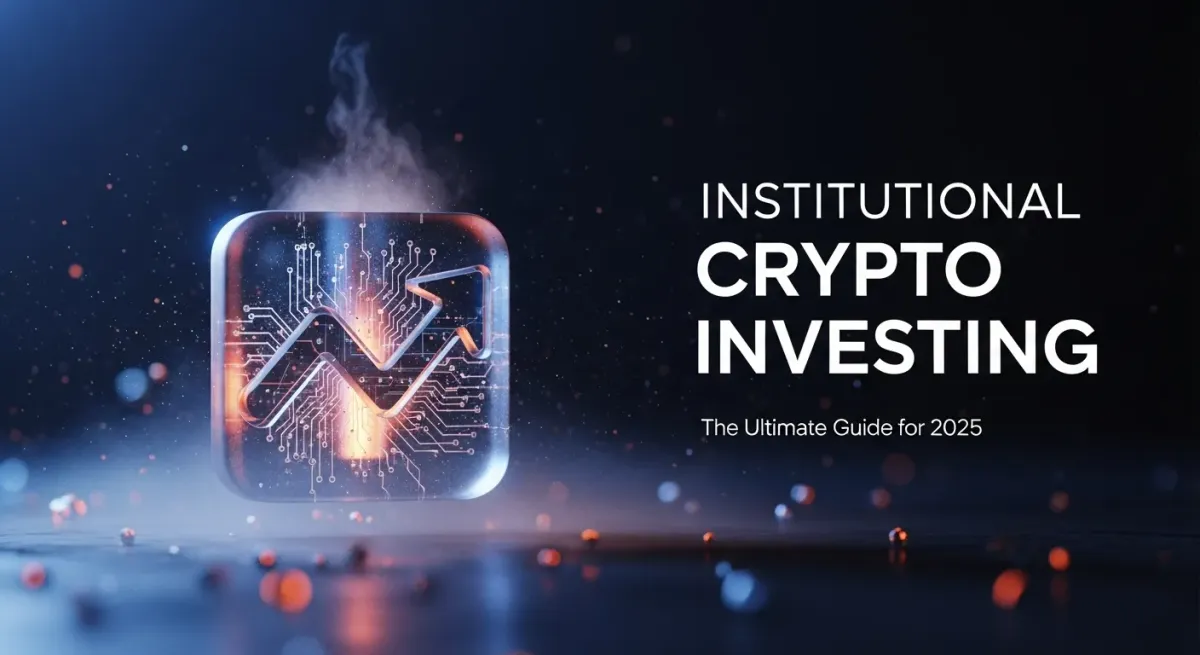
Visit The Full Institutional Crypto Investing Guide
Summary
- Tokenized carbon credits represent 1 ton of CO₂e on blockchain for transparent trading.
- The market is growing fast, valued at ~$1.3T in 2025, with tokenized credits in the billions.
- Blockchain improves trust, traceability, and prevents double-counting.
- Platforms like KlimaDAO and Toucan enable 24/7, audited trading.
- Use cases include ESG investing, compliance, and speculation.
- Risks: greenwashing, volatility, tech flaws, and regulatory gaps.
- Mitigate with certified credits, platform audits, and diversification.
- Trends: AI verification, cross-chain trading, and broader adoption.
What are Tokenized Carbon Credits?
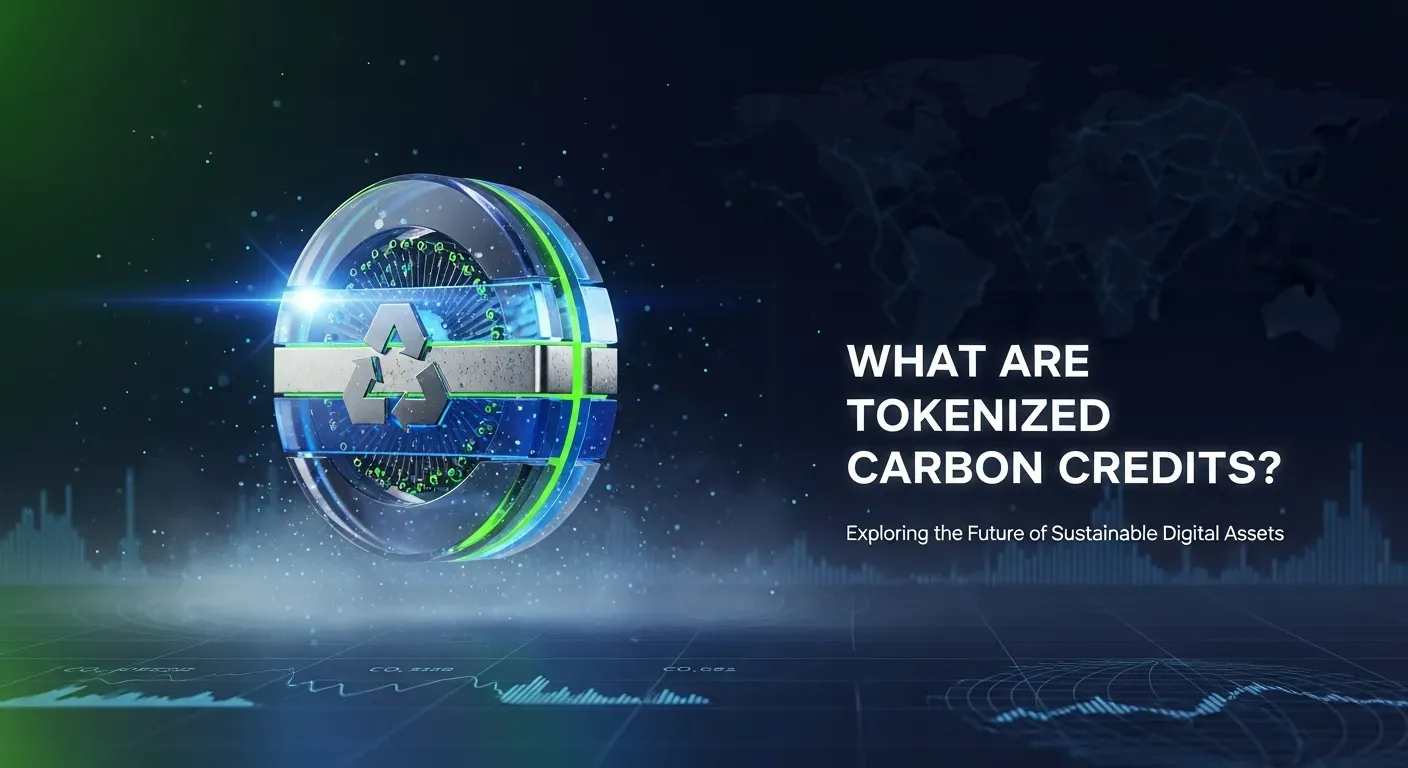
Tokenized carbon credits are digital representations of carbon credits, each signifying one metric ton of CO2 equivalent (CO2e) avoided or removed, recorded on a blockchain for transparency and traceability [Gold Standard, 2025].
Unlike traditional carbon credits, which are often paper-based or managed through centralized registries, tokenized versions leverage blockchain technology—think of it as a digital ledger akin to an express lane for secure, verifiable transactions.
This ensures immutability, reduces fraud, and enables fractional ownership, making carbon markets accessible to retail and institutional investors alike.
Tokenized Carbon Credits:
Digital assets on a blockchain representing one metric ton of CO2e avoided or removed, enabling transparent trading and investment [Gold Standard, 2025].
Carbon Credit:
A tradable certificate representing the reduction or removal of one metric ton of CO2e, often issued under standards like Verra or Gold Standard.
Blockchain:
A decentralized digital ledger ensuring secure, transparent, and immutable transaction records.
How They Work
- Generation: Projects like reforestation or renewable energy generate carbon credits, verified by standards bodies [Verra, 2025].
- Tokenization: Credits are digitized into tokens on blockchains like Ethereum or Flow, ensuring traceability [Toucan Protocol, 2025].
- Trading: Investors buy, sell, or hold tokens on platforms like KlimaDAO or Toucan, similar to stock exchanges.
- Retirement: Tokens are burned (removed from circulation) to offset emissions, ensuring environmental impact.
Why Blockchain?
Blockchain’s transparency addresses traditional carbon market issues like double-counting, where credits are sold multiple times.
Adoption is growing, e.g., Toucan tokenized ~20M credits by 2023, and KlimaDAO retired 17.3M tonnes in 2025, valued at ~$173M at $10/ton [Toucan Protocol, 2025; CarbonCredits.com, 2025].
Social Prompt: How are you exploring tokenized carbon credits for your portfolio? Share your thoughts in the comments!
Why Tokenized Carbon Credits Matter for Investors
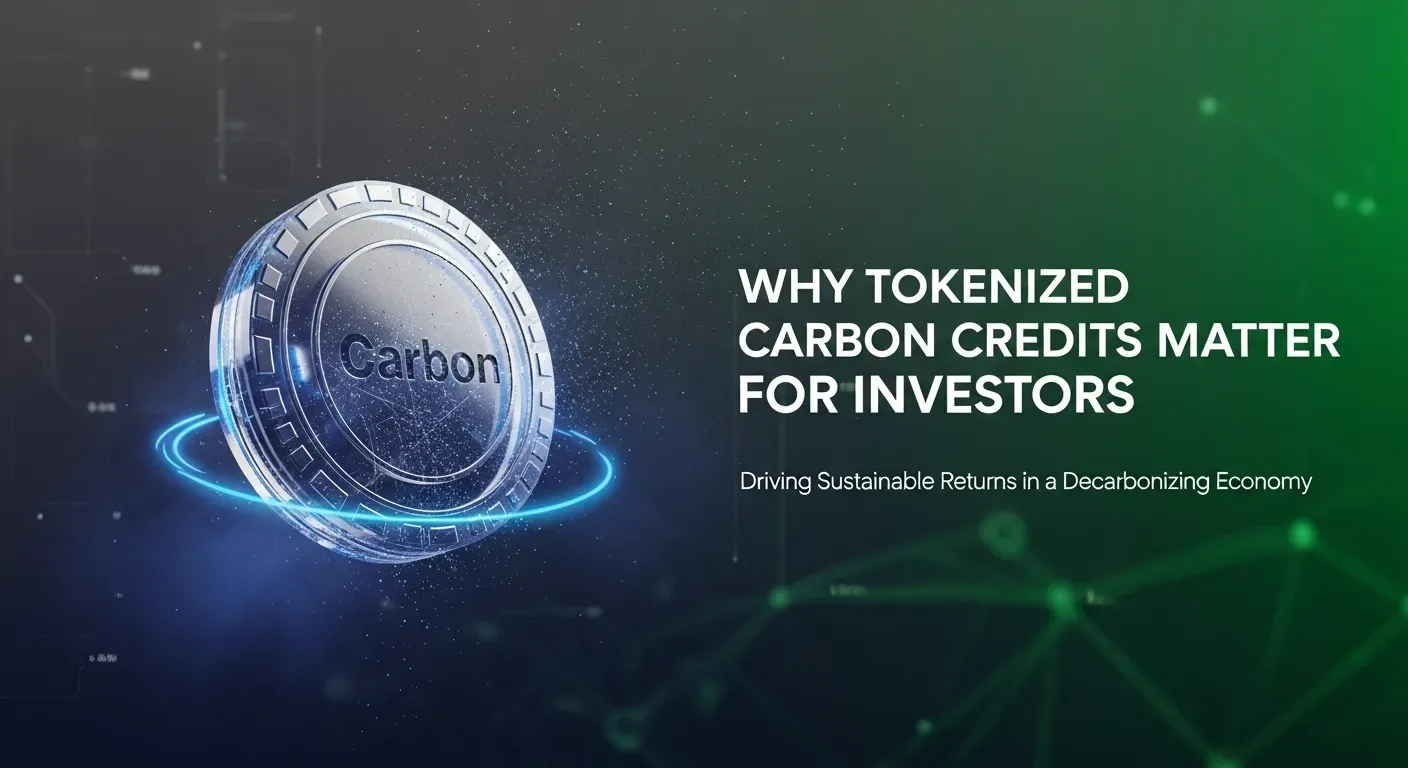
For institutional investors (primary audience) and retail investors (secondary audience), tokenized carbon credits bridge profitability and sustainability.
They align with Environmental, Social, and Governance (ESG) goals, offering a hedge against regulatory shifts and market volatility in 2025’s ~$1.3 trillion carbon market [Precedence Research, 2025].
Use Cases
- Portfolio Diversification:
Tokenized credits provide exposure to green assets, uncorrelated with traditional markets, reducing risk [IMF, 2025]. - Corporate ESG Compliance:
Companies offset emissions to meet net-zero targets, with tokenized credits offering liquidity and transparency [CDP, 2025]. - Speculative Investment:
Retail investors trade credits for profit, leveraging price volatility in emerging markets like KlimaDAO [KlimaDAO, 2025].
Benefits
- Liquidity:
Tokenized credits trade 24/7 on decentralized exchanges, unlike traditional credits’ slow settlement times. - Accessibility:
Fractional ownership lowers entry barriers, enabling retail investors to participate [Toucan Protocol, 2025]. - Transparency:
Blockchain ensures verifiable project data, reducing greenwashing risks [Gold Standard, 2025].
Pro Tip: Diversify your tokenized carbon credit investments across project types (e.g., renewable energy, reforestation) to mitigate market-specific risks [Verra, 2025].
Key Considerations for Tokenized Carbon Credits
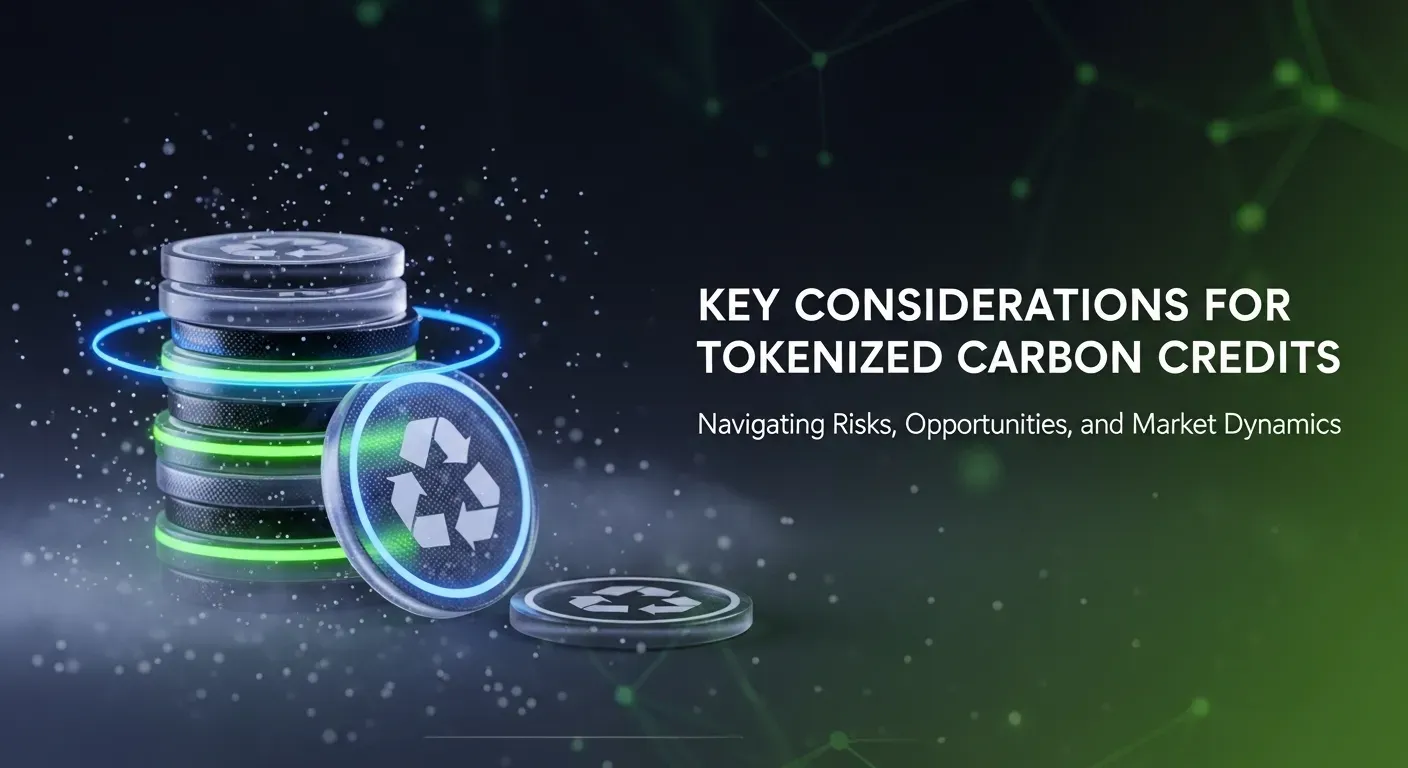
Investing in tokenized carbon credits requires understanding market dynamics, technological infrastructure, and regulatory frameworks.
Below are three advanced insights to guide decision-making.
Advanced Insight 1: Market Volatility
Carbon credit prices fluctuate due to supply-demand imbalances and regulatory changes. In 2025, prices range from $10–$50 per ton, driven by project quality and market sentiment [Precedence Research, 2025]. Investors should monitor platforms like KlimaDAO for real-time price data.
Advanced Insight 2: Blockchain Selection
Not all blockchains are equal. Ethereum offers robust security but high transaction fees, while Flow prioritizes low-cost scalability [Toucan Protocol, 2025]. Choose platforms based on cost, speed, and carbon footprint alignment.
Advanced Insight 3: Verification Standards
Credits must comply with standards like Verra or Gold Standard to ensure legitimacy. In 2025, some tokenized credits lack proper verification, risking investor trust [Gold Standard, 2025]. Always verify project certifications before investing.
Regulatory Landscape
Regulations vary globally. The EU’s Carbon Border Adjustment Mechanism (CBAM) and U.S. SEC disclosure rules mandate transparent carbon accounting, boosting demand for tokenized credits [European Commission, 2025].
However, inconsistent standards across jurisdictions create compliance challenges [IMF, 2025].
Common Challenges or Risks in Tokenized Carbon Credits
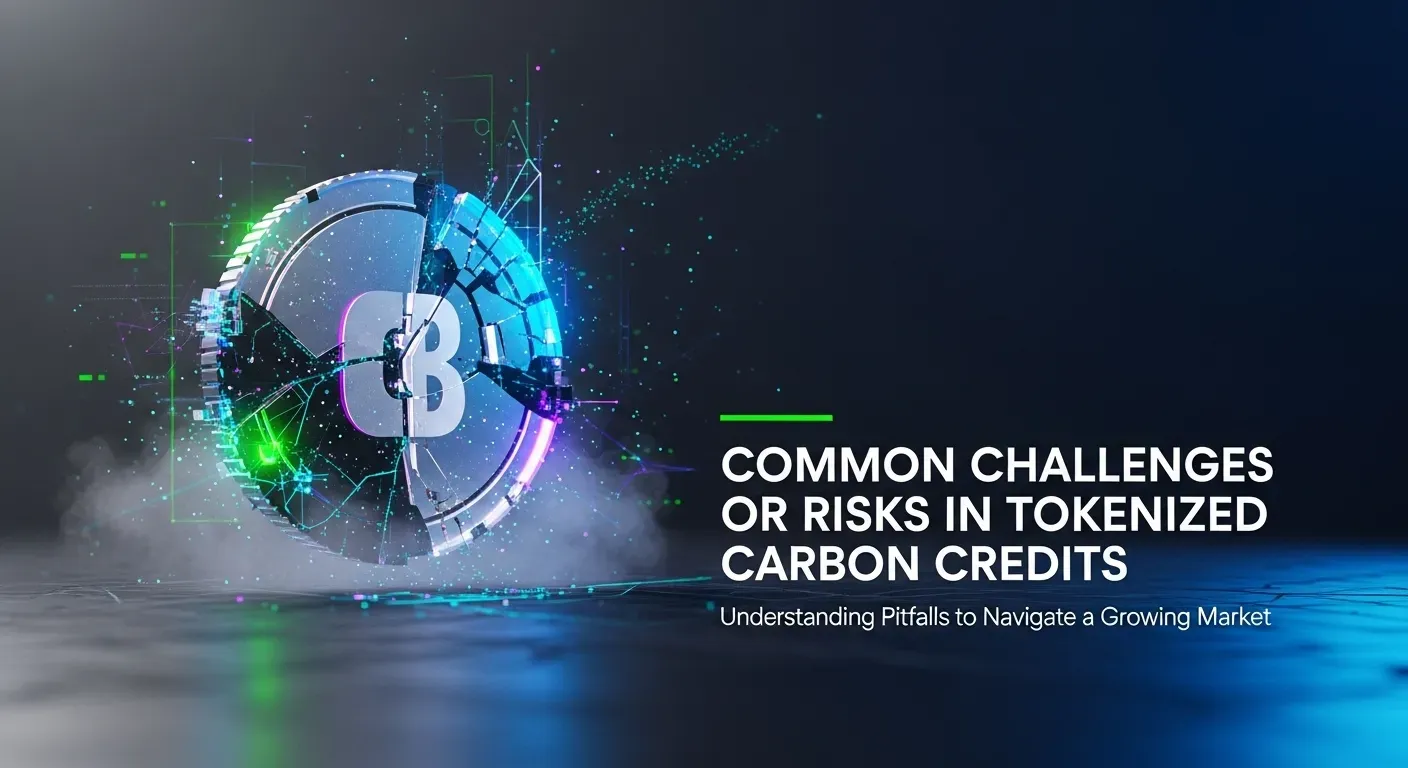
Investing in tokenized carbon credits carries unique risks, amplified in 2025 by market immaturity and technological complexities.
Key Risks
- Greenwashing:
Projects may overstate environmental impact. In 2025, 25% of carbon projects face scrutiny for inflated claims
[CDP, 2025]. - Market Volatility:
Prices swung 30% in Q1 2025 due to regulatory uncertainty
[Precedence Research, 2025]. - Technology Risks:
Blockchain vulnerabilities, like smart contract bugs, pose risks
[Chainalysis, 2025]. - Regulatory Uncertainty:
Conflicting global standards complicate compliance
[IMF, 2025]. - Liquidity Risks:
Low trading volumes on some platforms hinder exits
[KlimaDAO, 2025].
Mitigation Strategies
- Due Diligence:
Verify project certifications via Verra or Gold Standard registries
[Verra, 2025]. - Diversification:
Spread investments across project types and platforms to reduce volatility impact. - Smart Contract Audits:
Choose platforms with audited contracts, like Toucan Protocol
[Toucan Protocol, 2025].
What challenges have you faced with tokenized carbon credits?
Share your insights below!
Best Practices for Tokenized Carbon Credits Adoption
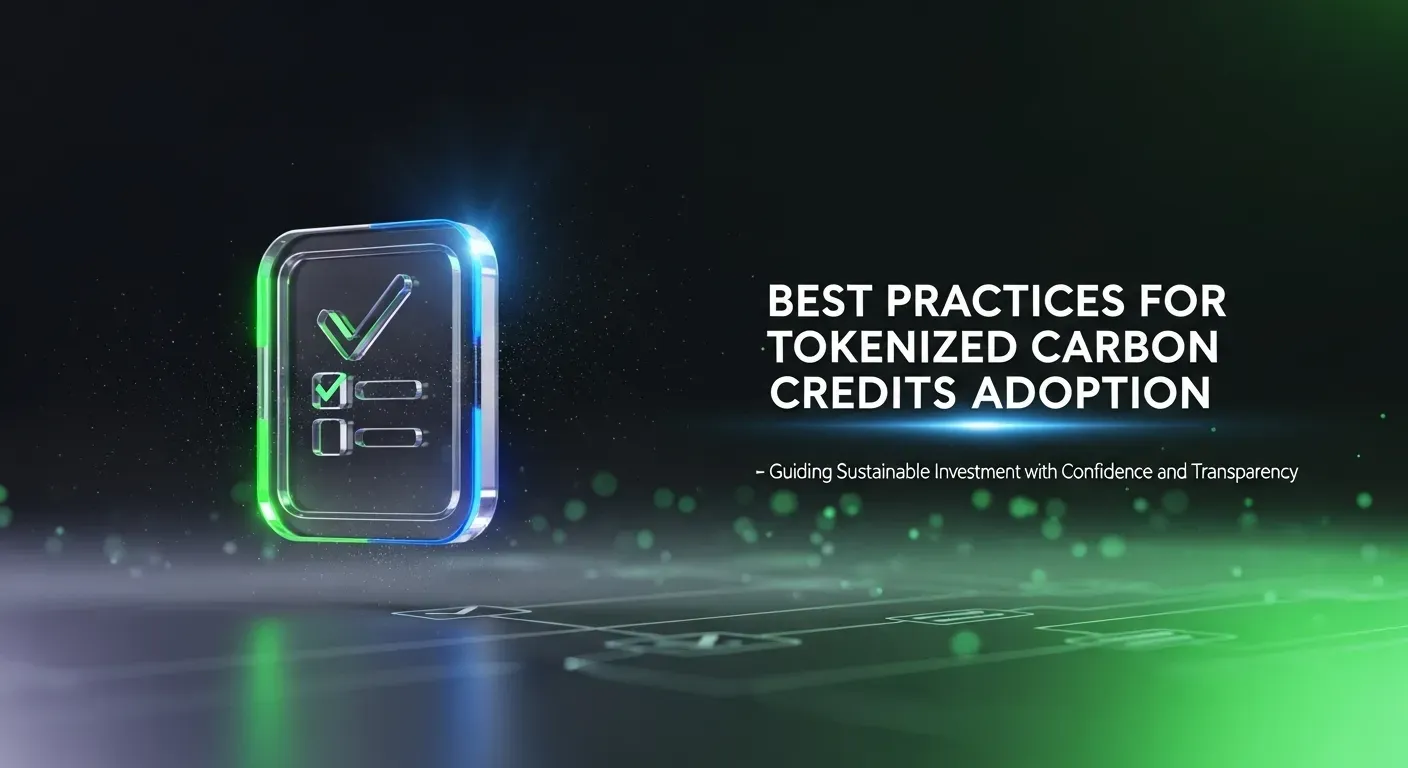
Adopting tokenized carbon credits requires strategic planning. Below are best practices, case studies, and a downloadable checklist.
Best Practices
- Select Reputable Platforms:
Use audited platforms like KlimaDAO or Toucan Protocol for secure trading [KlimaDAO, 2025]. - Verify Project Quality:
Prioritize credits certified by Verra or Gold Standard to ensure impact
[Gold Standard, 2025]. - Monitor Market Trends:
Use tools like BloombergNEF for real-time market data to time investments [BloombergNEF, 2025]. - Engage Experts:
Consult ESG advisors to align credits with portfolio goals
[CDP, 2025].
Pro Tips
- Diversify Project Types:
Invest in a mix of renewable energy, reforestation, and methane capture projects to balance risk
[Verra, 2025]. - Track Retirement:
Ensure credits are retired post-purchase to avoid double-counting
[Gold Standard, 2025]. - Use Low-Cost Blockchains:
Opt for platforms like Flow to minimize transaction fees
[Toucan Protocol, 2025]. - Stay Regulatory-Compliant:
Monitor updates from the EU’s CBAM and SEC for compliance
[European Commission, 2025]. - Leverage Data Tools:
Use Chainalysis for blockchain transaction transparency
[Chainalysis, 2025].
Case Studies
Case Study 1: Institutional Investor Success with KlimaDAO
In 2025, a European pension fund invested $5M in tokenized carbon credits via KlimaDAO, focusing on Verra-certified reforestation projects. By leveraging blockchain transparency, the fund verified project impact, achieving a 12% ROI while meeting ESG mandates. Lessons learned: Prioritize certified projects and use real-time blockchain data for due diligence
[KlimaDAO, 2025].
Case Study 2: Retail Investor Loss Due to Greenwashing
A retail investor purchased $50,000 in tokenized credits on an unaudited platform in 2024, only to discover the projects lacked Verra certification, rendering credits worthless. Lessons learned: Always verify platform audits and project certifications before investing
[Verra, 2025].
Case Study 3: Corporate ESG Compliance via Toucan Protocol
A tech company offset 10,000 tons of CO2e in 2025 using Toucan Protocol’s tokenized credits, meeting EU CBAM requirements. Blockchain transparency streamlined audits, saving 20% in compliance costs. Lessons learned: Tokenized credits enhance regulatory reporting efficiency
[Toucan Protocol, 2025].
Checklist
- Verify project certification with Verra or Gold Standard.
- Choose audited platforms like KlimaDAO or Toucan Protocol.
- Diversify across project types (e.g., renewable energy, reforestation).
- Monitor market trends using BloombergNEF or similar tools.
- Ensure credit retirement to avoid double-counting.
- Consult ESG advisors for portfolio alignment.
- Check platform blockchain (e.g., Ethereum, Flow) for cost and security.
- Stay updated on regulations like EU CBAM and SEC disclosures.
Adopt tokenized carbon credits with confidence using verified platforms!
Future Trends in Tokenized Carbon Credits
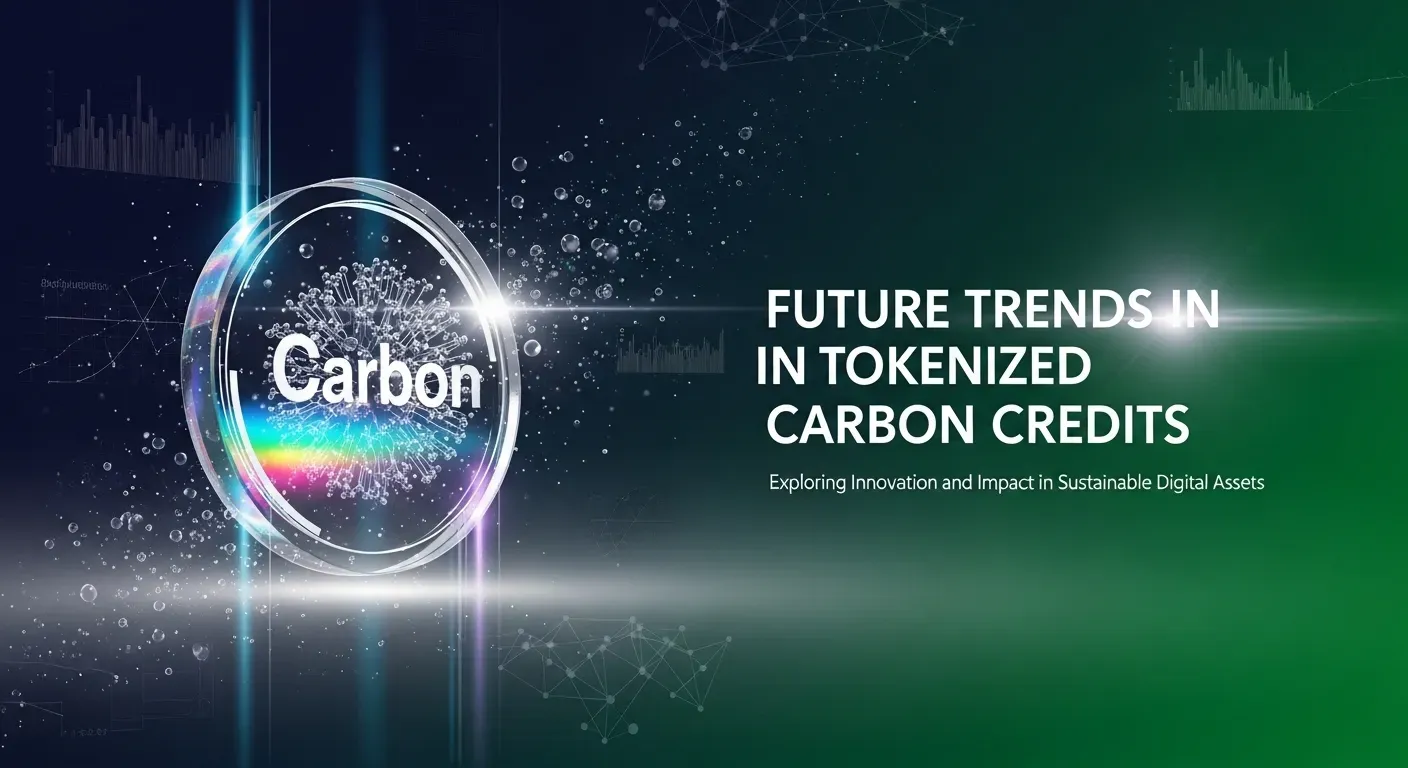
Looking to 2026, tokenized carbon credits will evolve with technological and regulatory advancements.
2026 Trends
- AI-Driven Verification:
AI tools will enhance project validation, reducing greenwashing by 30% [BloombergNEF, 2026]. - Cross-Chain Interoperability:
Platforms will integrate multiple blockchains, improving liquidity
[Toucan Protocol, 2026]. - Regulatory Harmonization:
Global standards like the Paris Agreement’s Article 6 will streamline markets [IMF, 2026]. - Retail Adoption Growth:
Fractional ownership will drive increased retail participation
[KlimaDAO, 2026]. - Carbon-Negative Projects:
Tokenized credits from direct air capture will gain traction
[Gold Standard, 2026].
Note: These trends are projections based on 2025 data. Review by January 2026 for accuracy
[BloombergNEF, 2025].
AI and blockchain will supercharge tokenized carbon credits in 2026!
History of Tokenized Carbon Credits
The concept of carbon credits emerged in the 1997 Kyoto Protocol, formalizing emission reduction trading.
Tokenization of carbon credits gained momentum around 2021 with platforms like Toucan Protocol, which launched on the Polygon blockchain to bring transparency and accessibility to the voluntary carbon market by bridging real-world carbon credits on-chain.
By 2025, tokenized credits are a growing segment of the $1.3 trillion carbon market, driven by blockchain adoption and ESG demand
[Precedence Research, 2025].
Key Milestones
- 2021:
KlimaDAO introduces governance tokens, boosting retail access
[KlimaDAO, 2025]. - 2023:
EU CBAM mandates transparent carbon accounting, accelerating tokenization [European Commission, 2025]. - 2025:
Tokenized credits reach significant trading volume, valued in billions [Precedence Research, 2025].
Key Takeaways
- Tokenized carbon credits digitize emission reductions on blockchain, enhancing transparency and accessibility
[Gold Standard, 2025]. - Investors benefit from liquidity, diversification, and ESG alignment in a $1.3 trillion market
[Precedence Research, 2025]. - Risks like greenwashing and volatility require due diligence and certified projects
[Verra, 2025]. - Platforms like KlimaDAO and Toucan Protocol offer secure trading with audited smart contracts
[KlimaDAO, 2025]. - Regulations (e.g., EU CBAM) drive demand but create compliance challenges [European Commission, 2025].
- Future trends include AI verification and cross-chain interoperability by 2026 [BloombergNEF, 2026].
- Retail investors can access fractional ownership, democratizing green finance [Toucan Protocol, 2025].
- Always verify platforms and projects to mitigate risks and maximize impact [Gold Standard, 2025].
FAQs
- What are tokenized carbon credits?
Digital assets on a blockchain representing one metric ton of CO2e avoided or removed, ensuring transparent trading
[Gold Standard, 2025]. - How do tokenized carbon credits benefit investors?
They offer liquidity, ESG alignment, and diversification, with 24/7 trading on platforms like KlimaDAO
[Precedence Research, 2025]. - What are the risks of investing in tokenized carbon credits?
Greenwashing, market volatility, and regulatory uncertainty are key risks, mitigated by due diligence
[CDP, 2025]. - Which platforms are best for trading tokenized carbon credits?
KlimaDAO and Toucan Protocol are leading platforms with audited smart contracts
[KlimaDAO, 2025]. - How do I verify the quality of tokenized carbon credits?
Check certifications from Verra or Gold Standard and use blockchain data for transparency
[Verra, 2025]. - Are tokenized carbon credits regulated?
Regulations vary; EU CBAM and SEC rules mandate transparency, but global standards differ
[European Commission, 2025]. - What is the future of tokenized carbon credits?
AI verification and cross-chain interoperability will drive growth by 2026 [BloombergNEF, 2026]. - Can retail investors buy tokenized carbon credits?
Yes, fractional ownership on platforms like Toucan lowers entry barriers [Toucan Protocol, 2025]. - How do tokenized credits differ from traditional carbon credits?
Tokenized credits use blockchain for transparency and liquidity, unlike centralized registries
[Gold Standard, 2025]. - What is the market size for tokenized carbon credits?
Estimated in the billions in 2025, part of the $1.3T carbon market
[Precedence Research, 2025]. - How can I avoid greenwashing in carbon credit investments?
Verify projects via Verra or Gold Standard and use audited platforms
[Verra, 2025]. - What are the costs of trading tokenized carbon credits?
Transaction fees vary by blockchain; Flow is cheaper than Ethereum
[Toucan Protocol, 2025].
Glossary
- Carbon Credit:
Certificate for one metric ton of CO2e reduced or removed
[Verra, 2025]. - Tokenized Carbon Credit:
Digital carbon credit on a blockchain
[Gold Standard, 2025]. - Blockchain:
Decentralized ledger for secure, transparent transactions
[Toucan Protocol, 2025]. - Greenwashing:
Overstating environmental impact of projects
[CDP, 2025]. - Verra:
Leading carbon credit certification standard
[Verra, 2025]. - Gold Standard:
High-integrity carbon credit certification
[Gold Standard, 2025]. - KlimaDAO:
Decentralized platform for tokenized carbon credit trading
[KlimaDAO, 2025]. - Toucan Protocol:
Blockchain platform for carbon credit tokenization
[Toucan Protocol, 2025]. - ESG Investing:
Strategy prioritizing environmental, social, governance factors
[IMF, 2025]. - EU CBAM:
EU regulation taxing carbon-intensive imports
[European Commission, 2025]. - Double-Counting:
Selling the same carbon credit multiple times
[Gold Standard, 2025]. - Smart Contract:
Self-executing blockchain code for transactions
[Chainalysis, 2025].
Conclusion
Tokenized carbon credits for investors represent a powerful convergence of climate action and financial innovation in 2025.
By leveraging blockchain’s transparency, investors can access a growing market within the $1.3T carbon market, aligning portfolios with ESG goals while navigating risks like greenwashing and volatility [Precedence Research, 2025].
With platforms like KlimaDAO and Toucan Protocol, and certifications from Verra and Gold Standard, investors can trade confidently.
As regulations like the EU CBAM evolve and technologies like AI enhance verification, the future of tokenized credits looks promising [European Commission, 2026].
Stay informed, verify projects, and diversify to maximize impact and returns.
Last Updated: August 2025 | Review By: January 2026


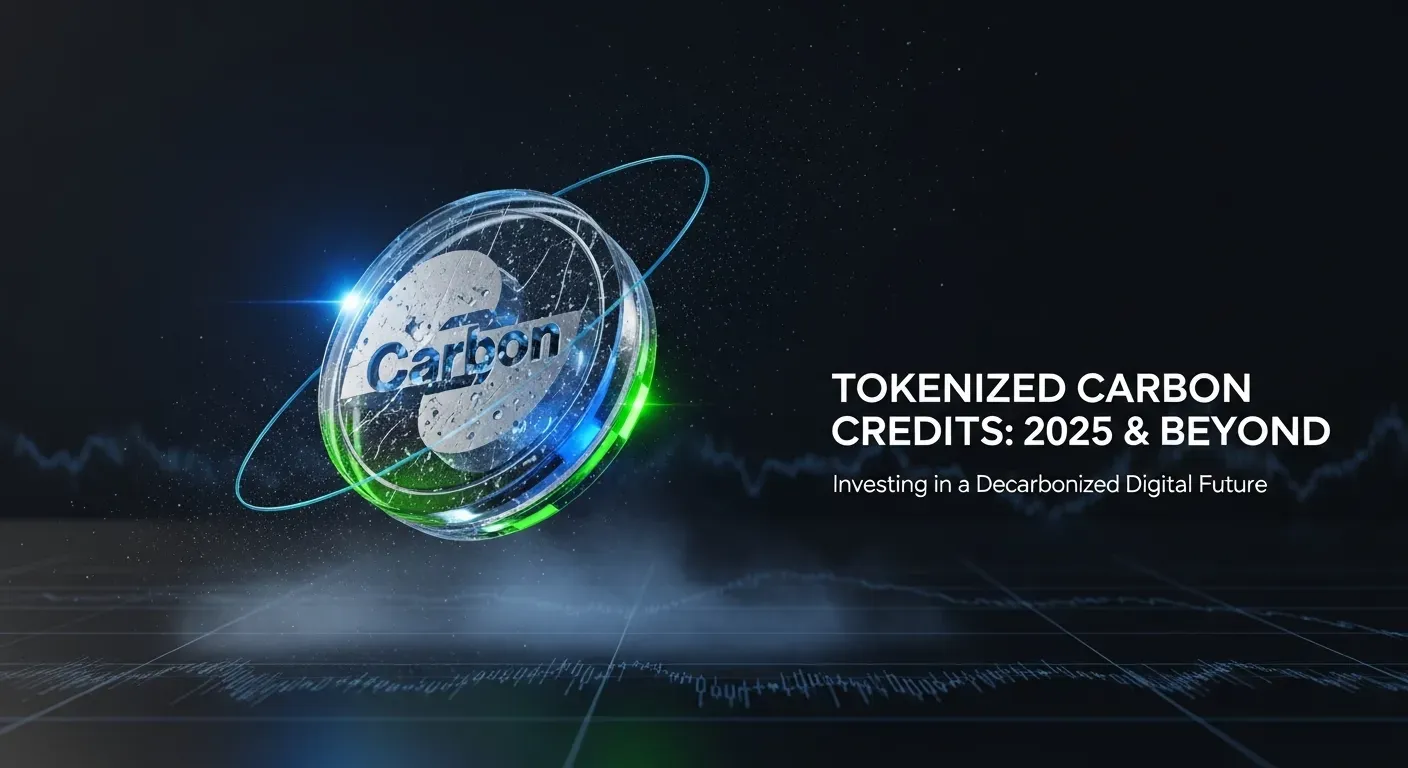

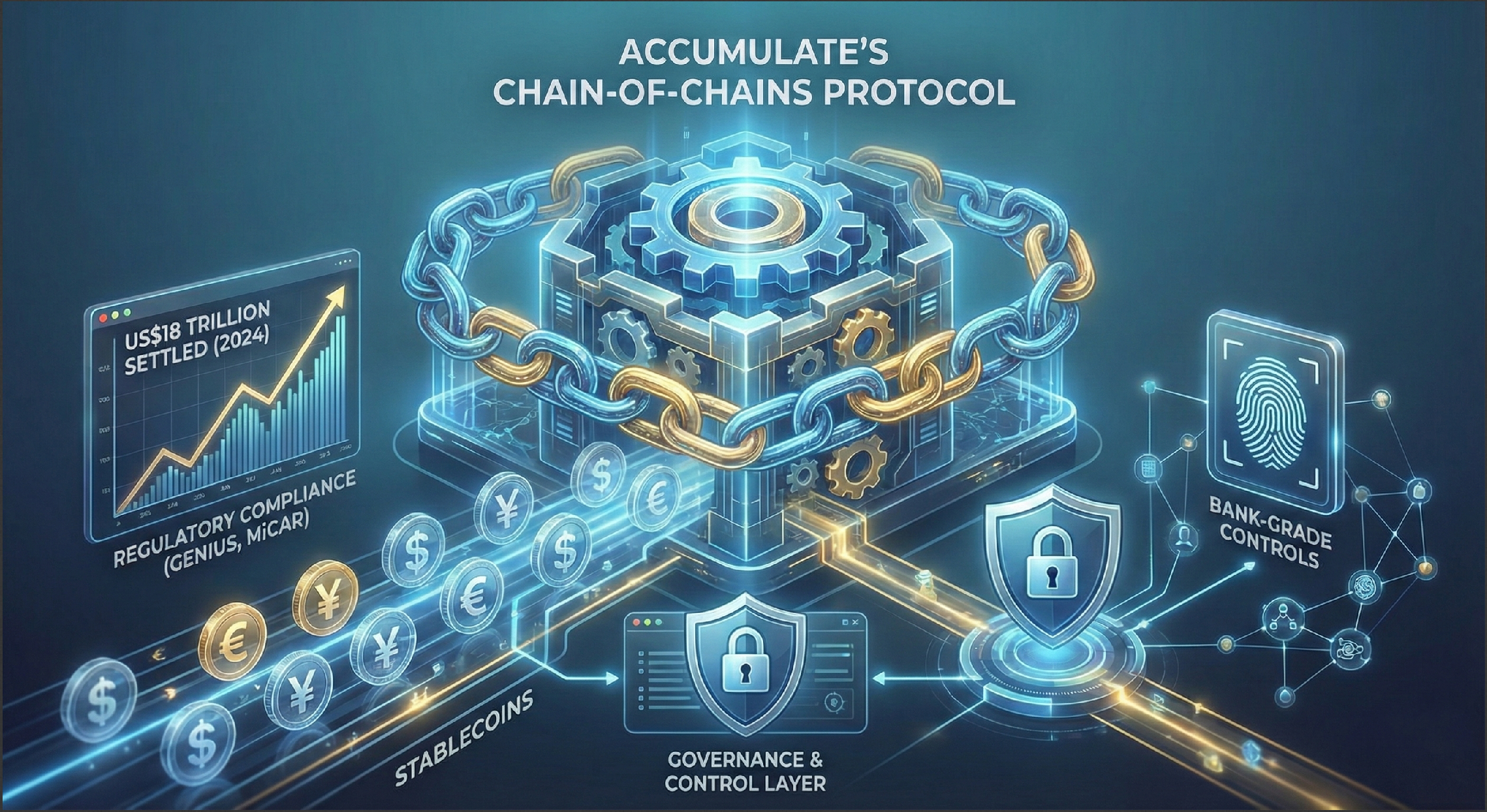
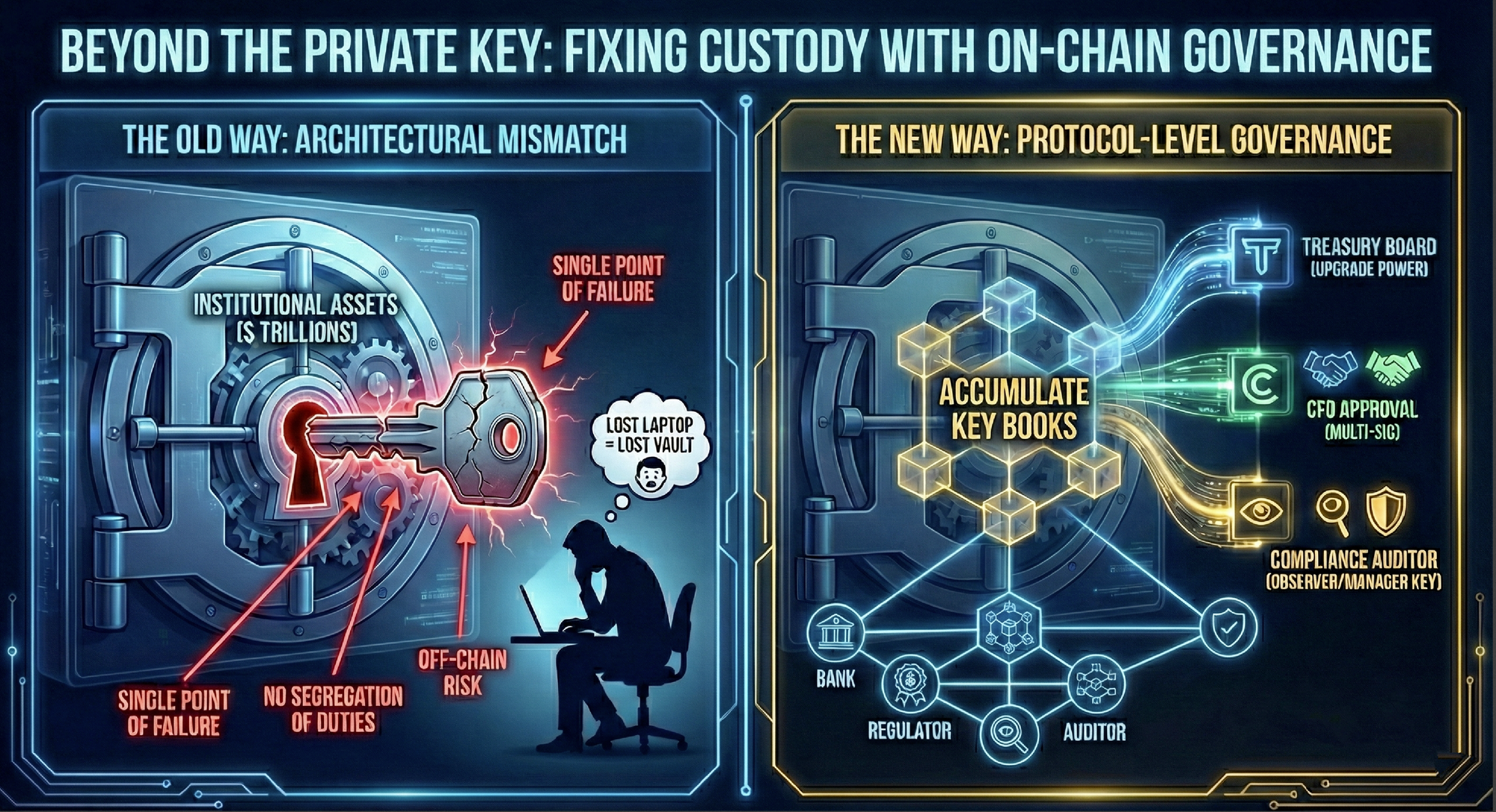
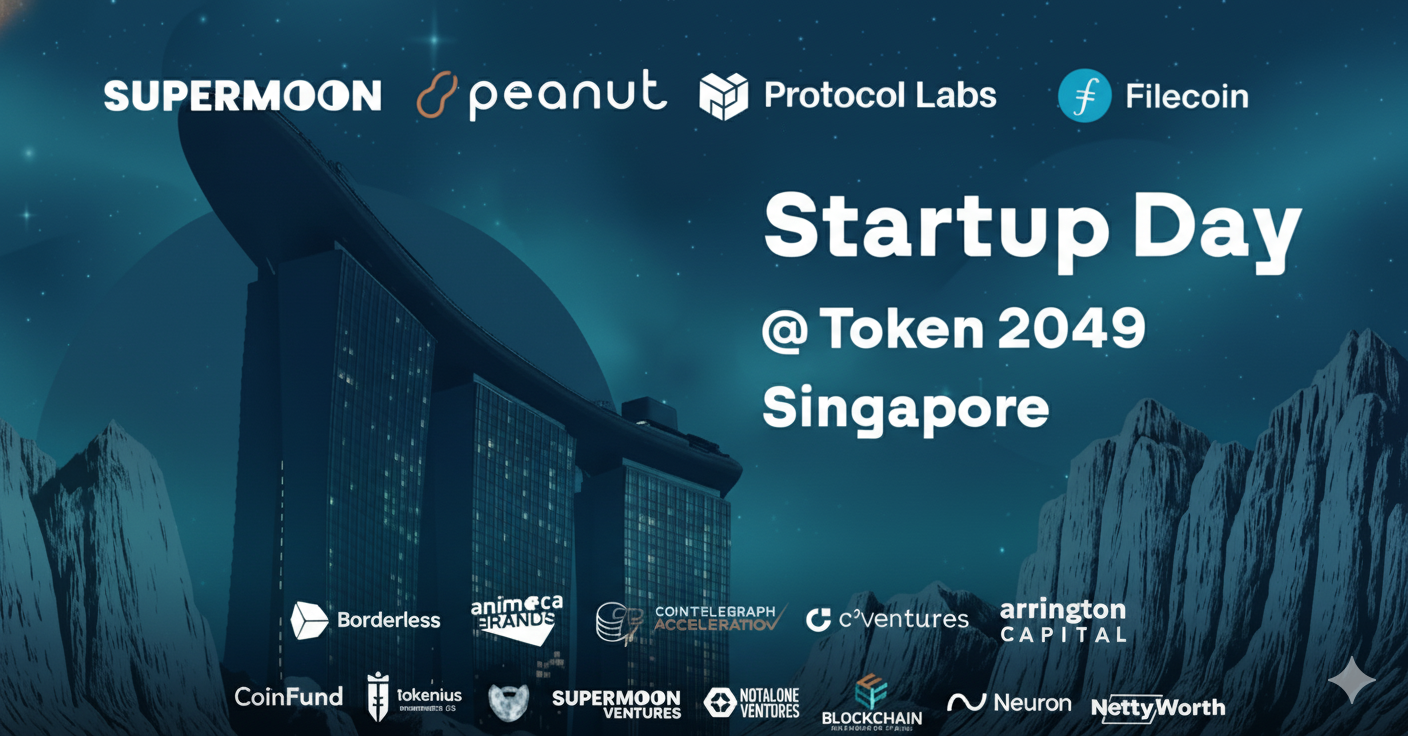
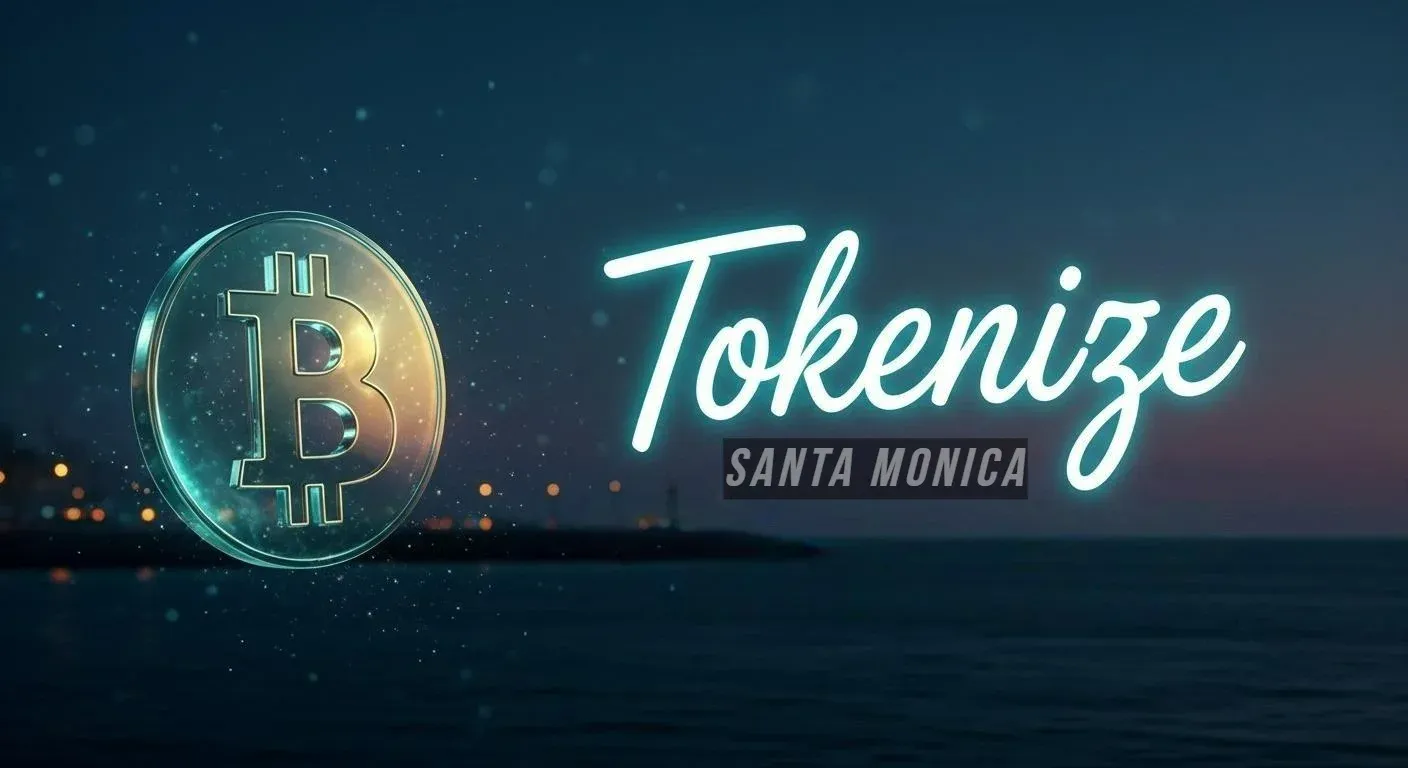
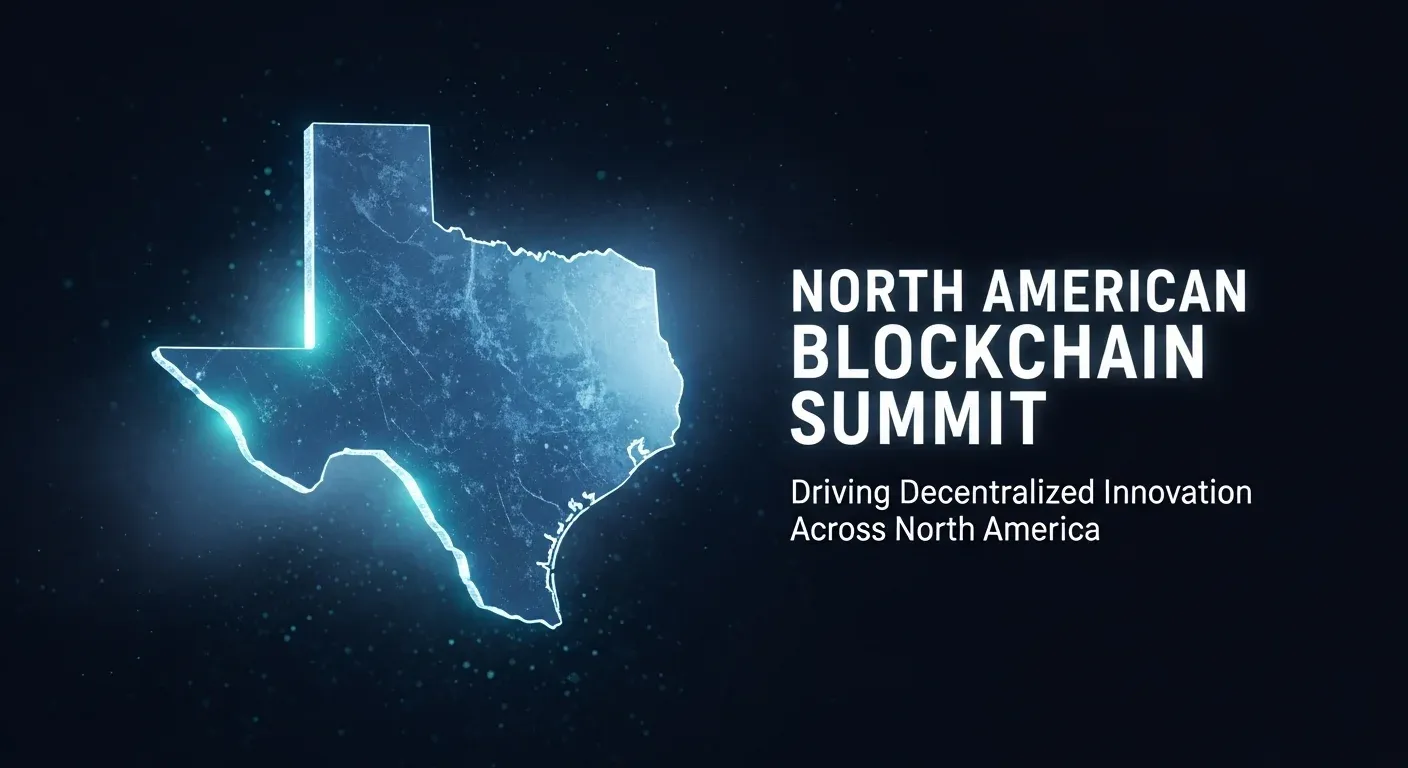
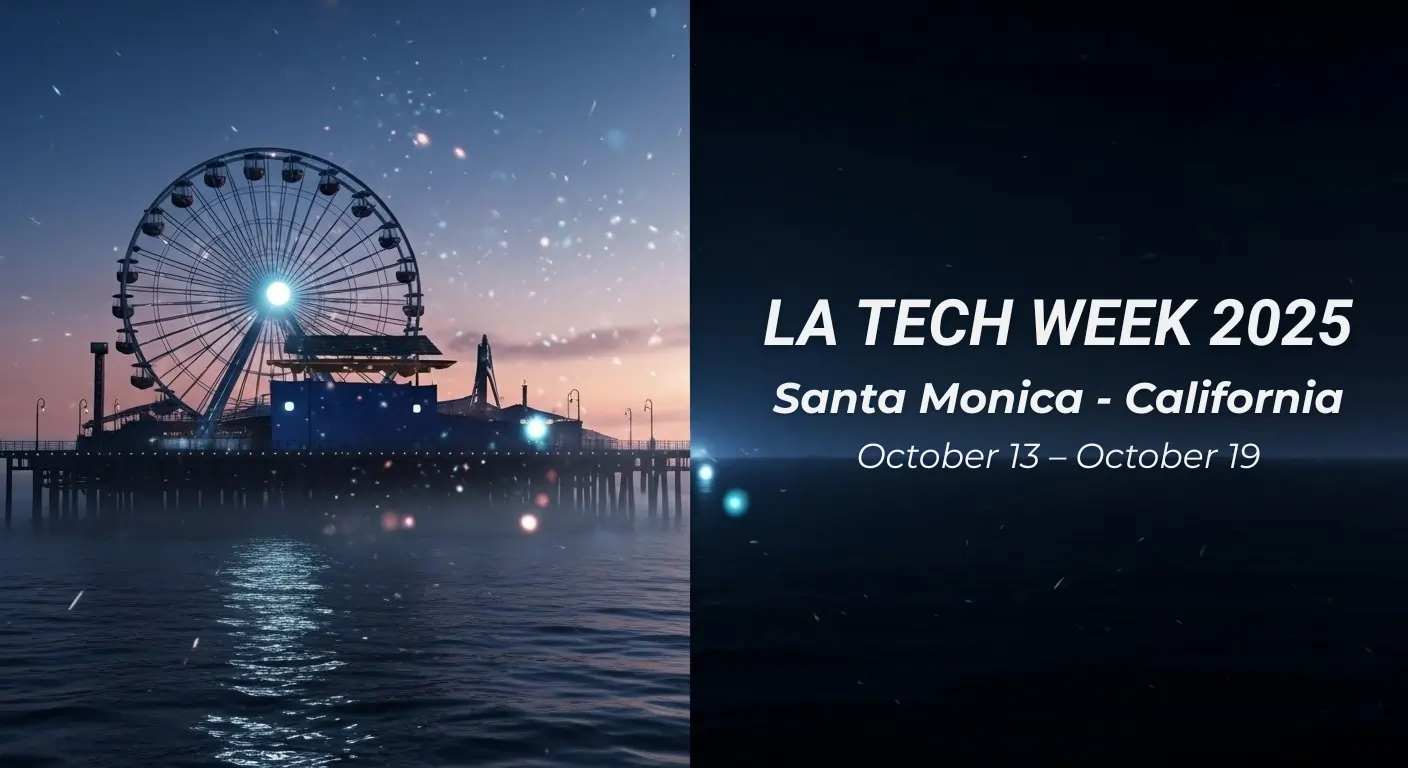
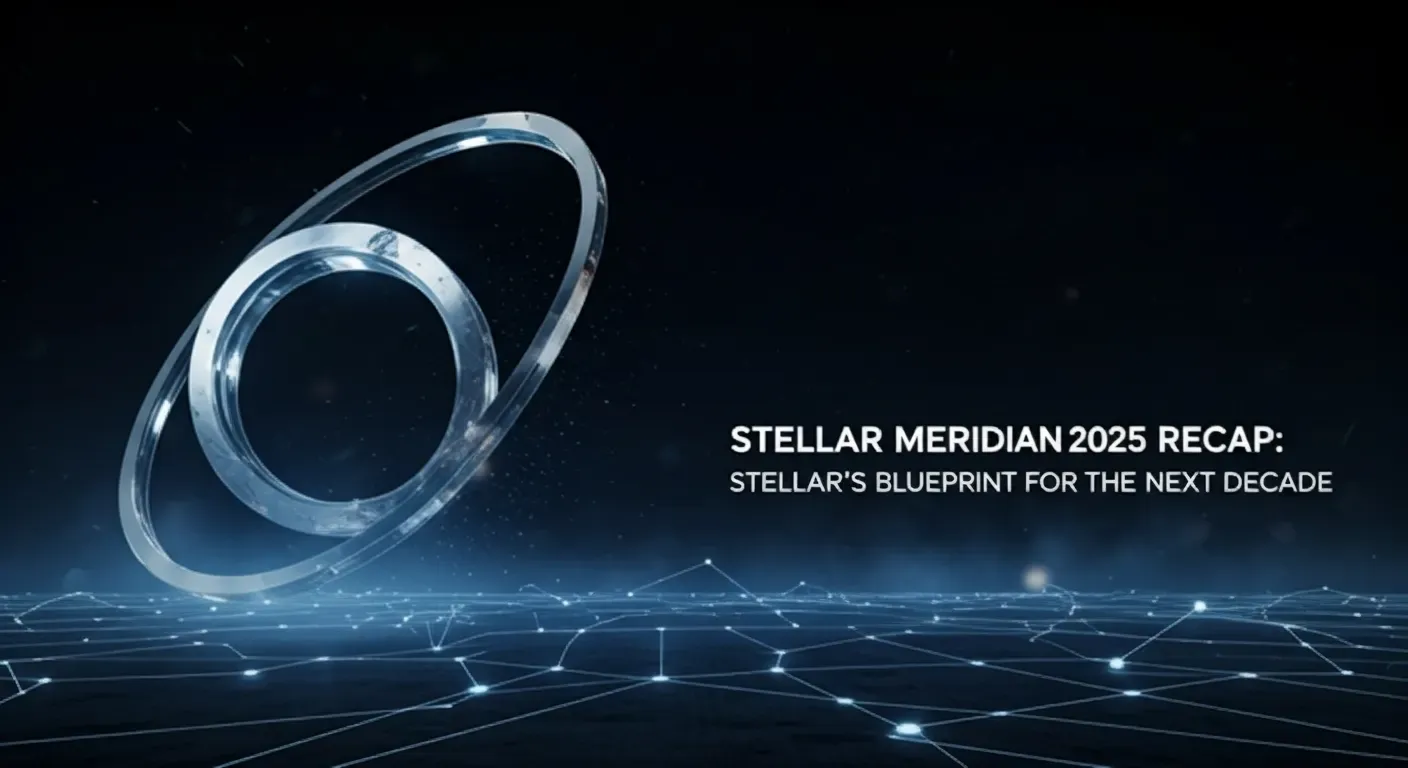
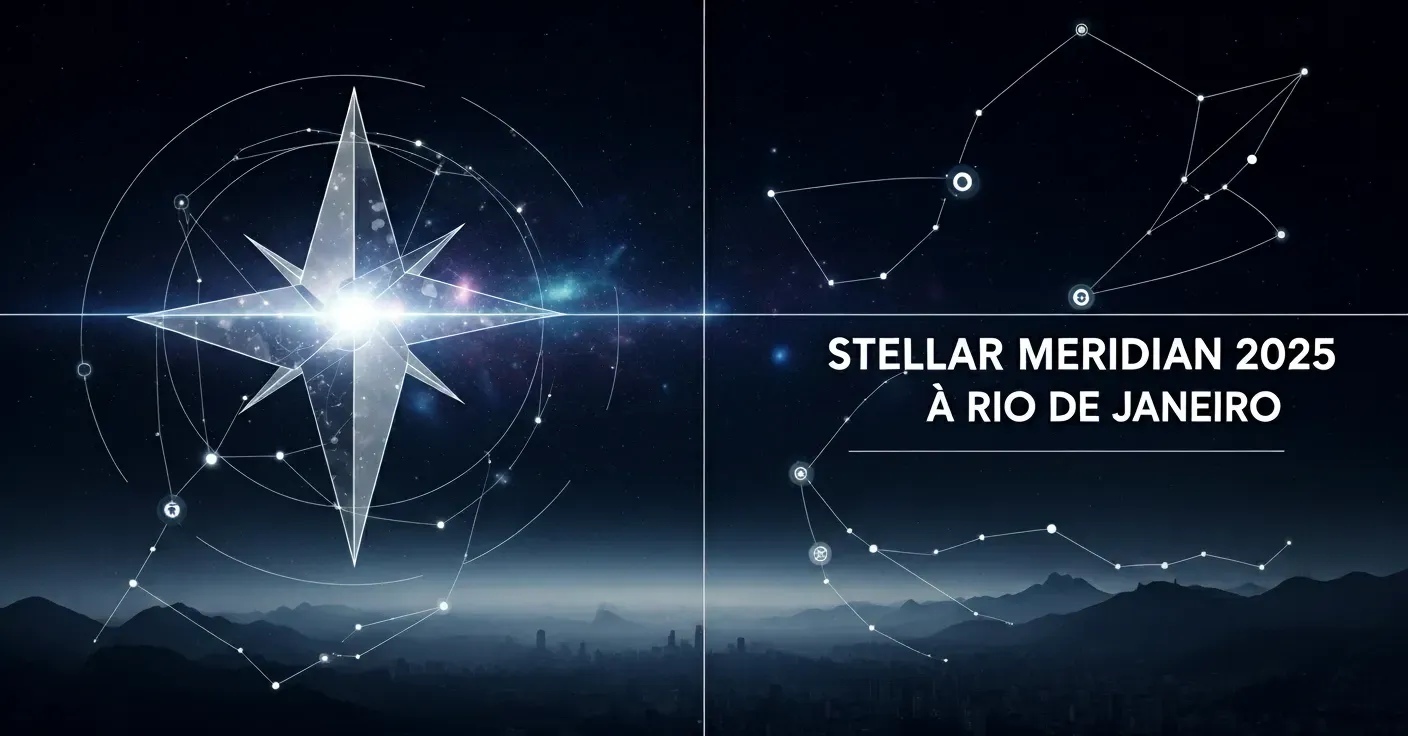


Discussion